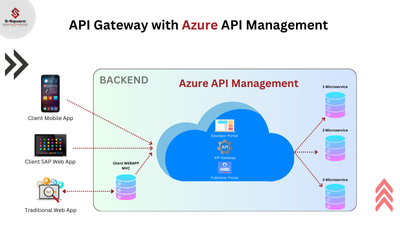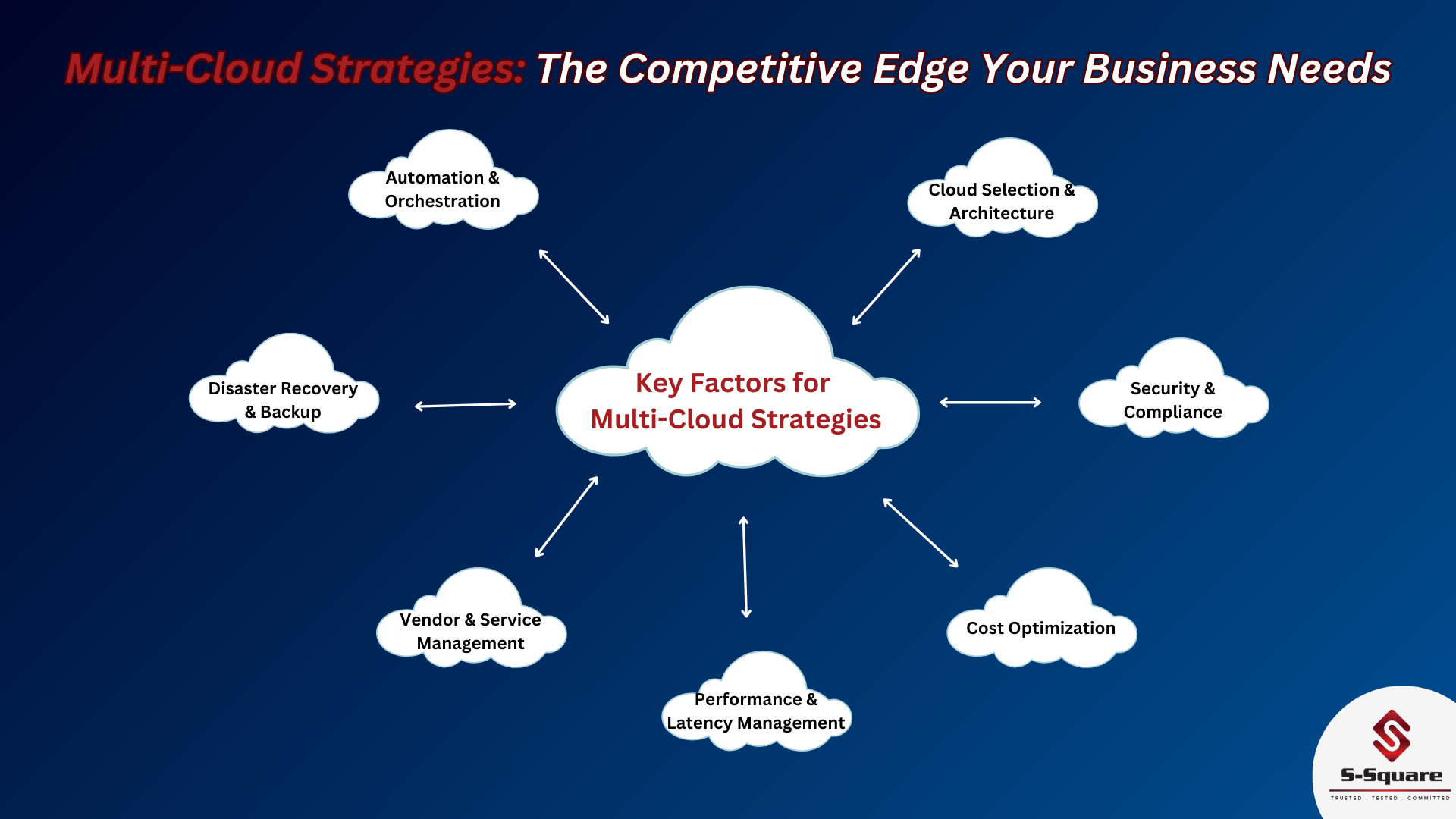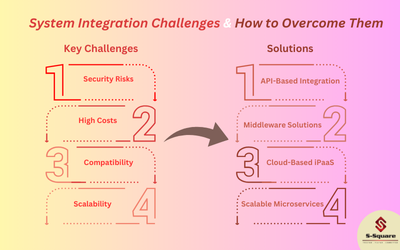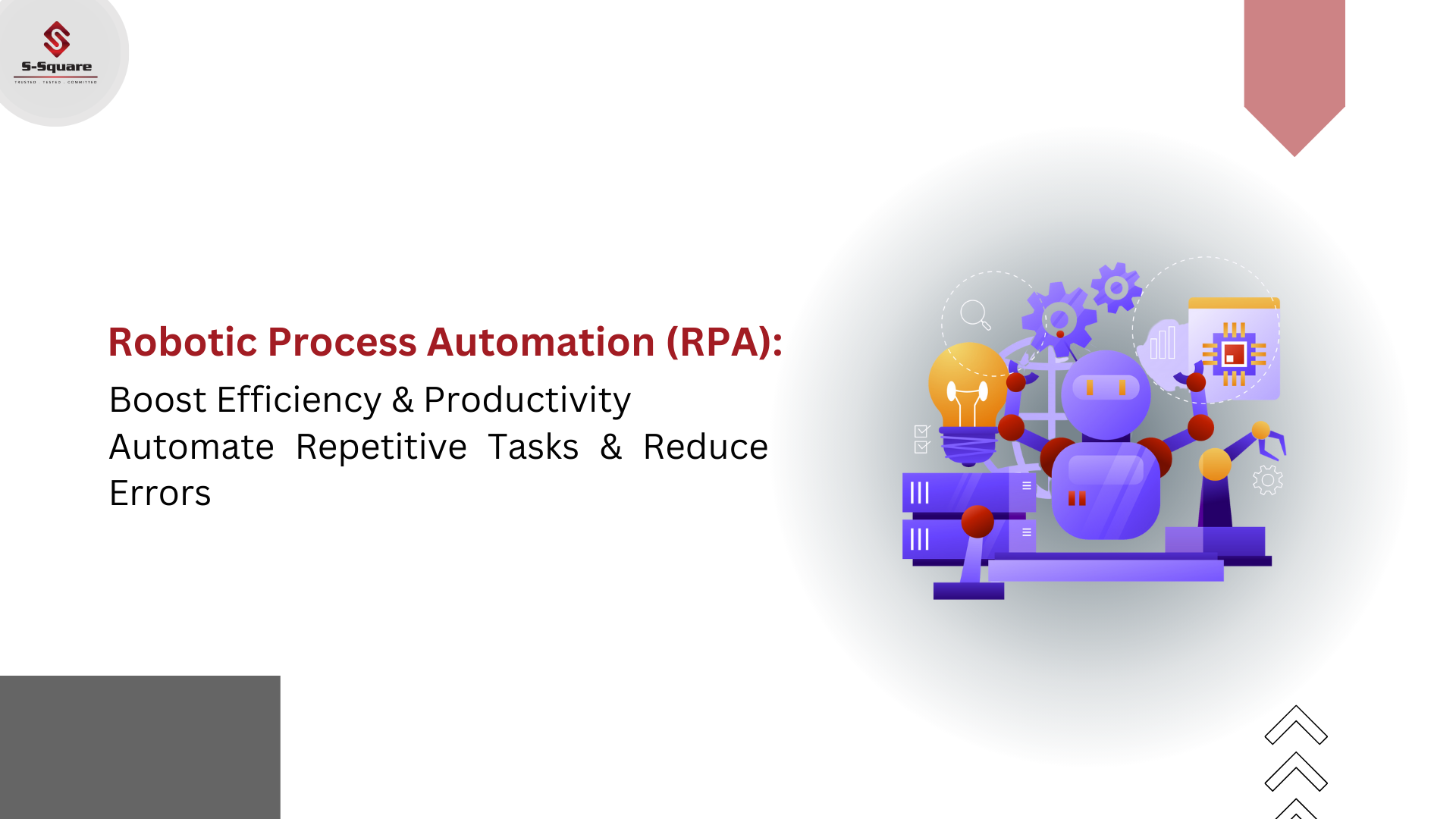
The main objective of Robotic Process Automation is to automate the repetitive manual tasks in an organization, whether it is operational or documentation related tasks all these can be added to the workflow and consider the work done. All these tasks will be event-driven – as and when there is an event triggered, these jobs will run automatically. Lot of manual tasks can be automated so the employees can concentrate on meaningful work and take the things towards digitalization rather than spending too much time on repetitive manual tasks.
Automation: DevOps Vs RPA
Let us talk about basic difference between DevOps and RPA, automating integrated development and
Operations tasks will be considered as DevOps like Continuous Integration or Continuous Delivery and these are purely technical tasks. Whereas automating any kind of workflow like for example a new order received and updating it in all relevant systems and capturing the final order number can be achieved via RPA process. Even the final order status can also be updated to customers along with required shipping information.
The below simple diagram explains the basic steps involved in implementing the complete RPA process end to end.
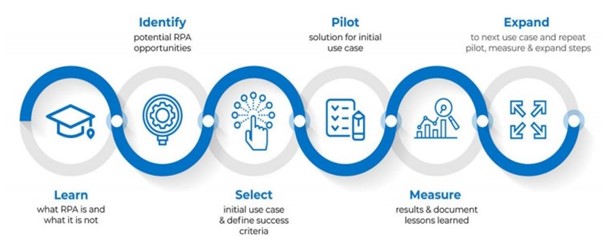
One of major advantage of RPA workflow is its flexibility such as any of the process steps can be added at any point of time or can be removed based on the requirement changes. All the inputs and outputs must be defined for each workflow. Also, each of these defined processes should have enough reusability and should not be like one-time tasks.
At this point of time, Artificial Intelligence (AI) is showing great value addition to RPA process. Say, one of the steps in the workflow breaks or not working as expected, RPA won’t be able to be proceed further as it needs human intervention to move forward. In this case, AI will help RPA is triggering the next course of action.
Let us look at the below use case to understand what can be achieved using RPA in a typical HR operations.
Once the HR team member initiates the new joinee onboarding, HR team needs to go through lot of different processes and have to work with different teams as well. But, whereas in the RPA scenario all these initial onboarding steps or processes can be automated and they will be triggered as soon as the system observes a new event (New joinee onboarding event in this case)
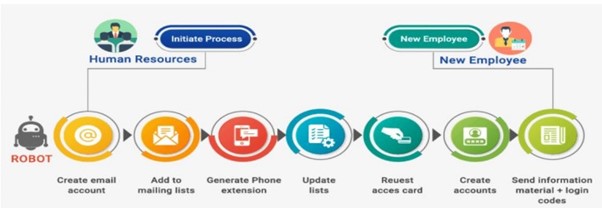
As of today, major RPA players in the market are Blueprism, UiPath and Automation Anywhere.
Each of these products have different features and functionalities which will help Organizations in successfully implementing the RPA workflow.

UiPath is a much simpler way of implementing than any other RPA tools because of its drag and drop functionality and no specific programming knowledge is required.
Blueprism and Automation Anywhere require a basic knowledge of coding to use the activities in the workflow and to implement a fully functional RPA system.
